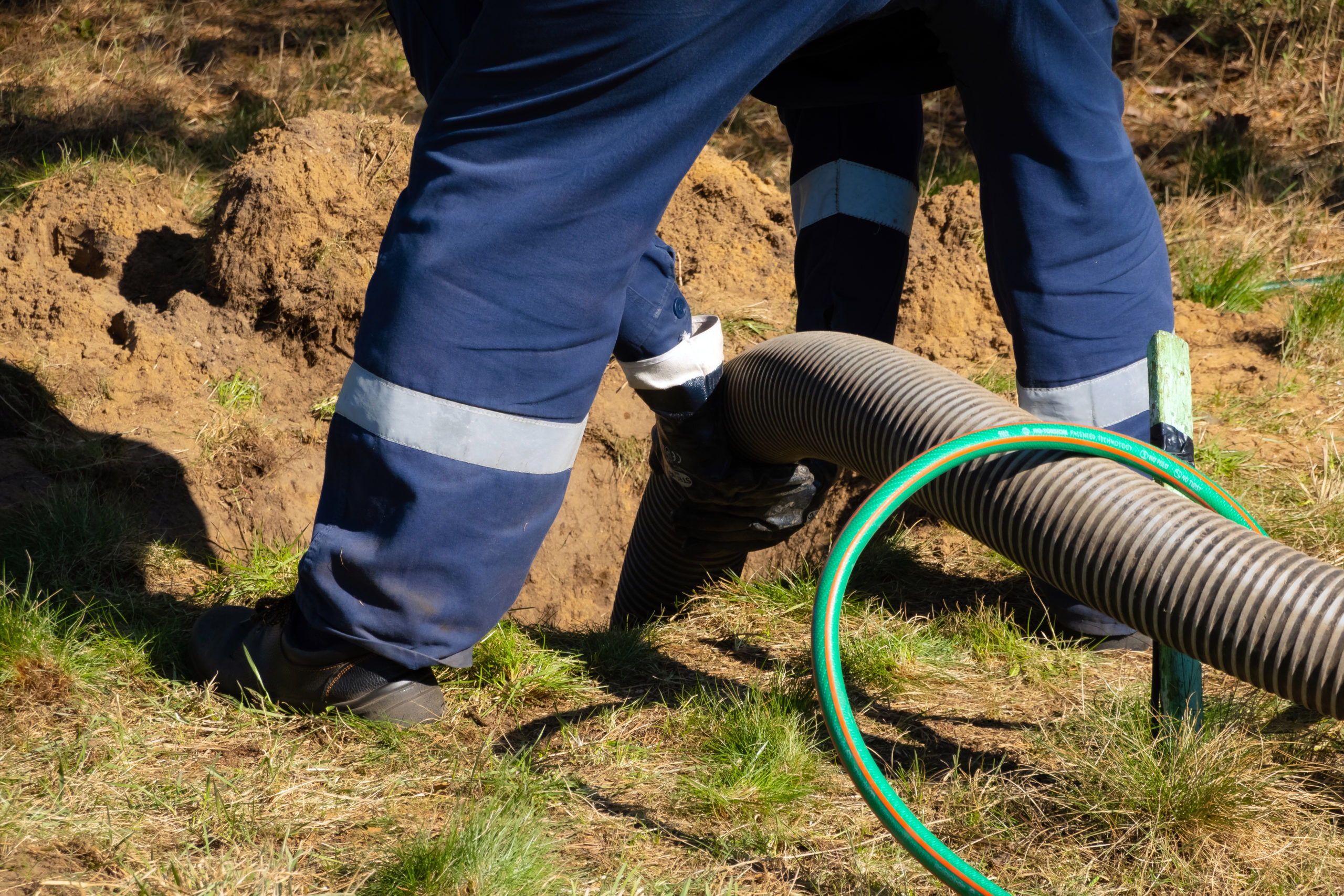3 Easy Facts About Stillwell Septic And Grading Described
Table of ContentsSome Of Stillwell Septic And GradingStillwell Septic And Grading for DummiesGetting The Stillwell Septic And Grading To WorkStillwell Septic And Grading for DummiesThe smart Trick of Stillwell Septic And Grading That Nobody is DiscussingStillwell Septic And Grading - QuestionsThe Single Strategy To Use For Stillwell Septic And Grading

Property owners should likewise educate themselves on the essentials of septic tanks to ensure they make informed choices throughout the installation procedure - Septic Installers. Septic tanks are a vital part of lots of homes that are not linked to a municipal sewer system. They are made to deal with and get rid of home wastewater on-site
The septic storage tank is a big, underground container made of concrete, fiberglass, or plastic. It gets all the wastewater from the home, consisting of water from sinks, commodes, showers, and cleaning devices. The storage tank separates the solid waste from the fluid waste. The solid waste works out to the bottom of the container, while the fluid waste, or effluent, increases to the top.
Some Ideas on Stillwell Septic And Grading You Need To Know
It is also essential to conserve water and avoid overloading the system. Straightforward procedures such as taking care of leaky taps and commodes, installing low-flow showerheads and bathrooms, and spreading out washing lots can aid minimize water use and prolong the life of the septic system.
The topography of the site is additionally assessed to make certain that the septic system is set up at the proper elevation. https://allmyfaves.com/stillwellsag?tab=Stillwell%20Septic%20and%20Grading. The system should be installed at a higher altitude than the surrounding location to protect against contamination of the surrounding atmosphere. Obstacles are the minimum distances called for by law between the septic tank and other frameworks or attributes such as wells, structures, and building lines
The altitudes will certainly make sure that the septic system operates correctly, and wastewater is properly treated. It guarantees that the septic system is installed in the most optimal place, taking right into factor to consider the soil, topography, and problems.
The Best Strategy To Use For Stillwell Septic And Grading
Before mounting a septic system, home owners need to get authorizations and abide by policies. The laws vary relying on the state, region, and municipality. Consequently, it is necessary to consult the neighborhood health and wellness department or building department to guarantee conformity. Some of the licenses and policies that house owners need to consider consist of:: Homeowners require to obtain an authorization from the neighborhood health department or structure division prior to setting up a septic system.
Some communities might call for a minimum lot dimension for septic system installation.: Home owners need to conform with ecological laws when installing a septic system. https://slides.com/stillwellsag. Some Continued states may need an ecological effect analysis before mounting a septic system.: Property owners need to conform with building guidelines when installing a septic system.
All About Stillwell Septic And Grading
Some districts might require routine examinations and pumping of the septic storage tank. It is critical for homeowners to get authorizations and abide with regulations before installing a septic system.
Among the most crucial aspects to think about when selecting a septic system is the dimension. A septic container that is as well small for the home's requirements will certainly need even more frequent pumping, while a container that is also big can result in extreme water accumulation and potential system failing. A general guideline of thumb is that the tank should have the ability to hold a minimum of 2 days' well worth of wastewater.
The Single Strategy To Use For Stillwell Septic And Grading

It's also important to think about the type of system the septic storage tank will certainly be made use of with. There are two main types of septic systems: gravity and pressure.
The Facts About Stillwell Septic And Grading Revealed
Overall, selecting the appropriate septic tank for a home is an essential decision that calls for mindful consideration. Before installing a septic container, home owners have to take specific steps to prepare for the setup process.
Right here are some vital precaution to follow: Put on protective equipment: Property owners need to wear safety gear, such as handwear covers, boots, and safety helmets, to avoid injury throughout the installment process. Stay clear of electrical lines: House owners should stay clear of digging near electric lines to avoid electrocution. Usage care when running hefty machinery: House owners must make use of caution when running heavy machinery to stop mishaps and injuries.
Little Known Facts About Stillwell Septic And Grading.
By adhering to these vital actions, home owners can ensure a successful sewage-disposal tank installation process. Sewage-disposal tank setup is an essential process that needs cautious planning and implementation. House owners who are mounting a septic container for the initial time must understand the important steps involved in the procedure to ensure that their septic system operates efficiently and effectively.
